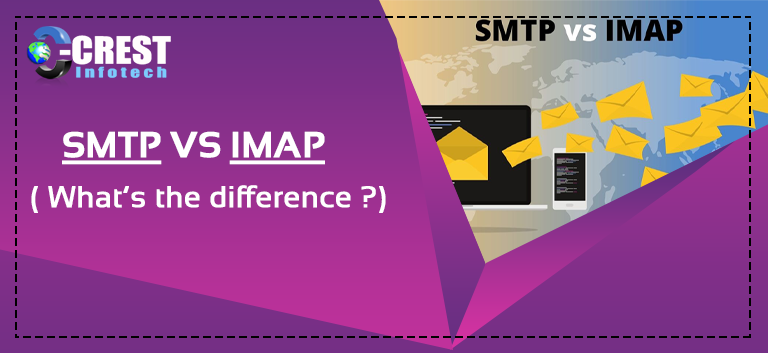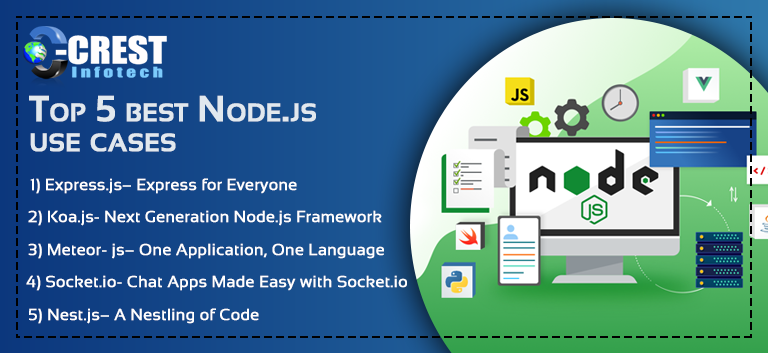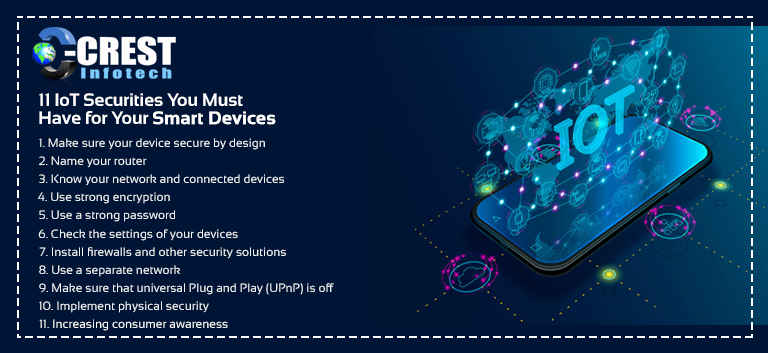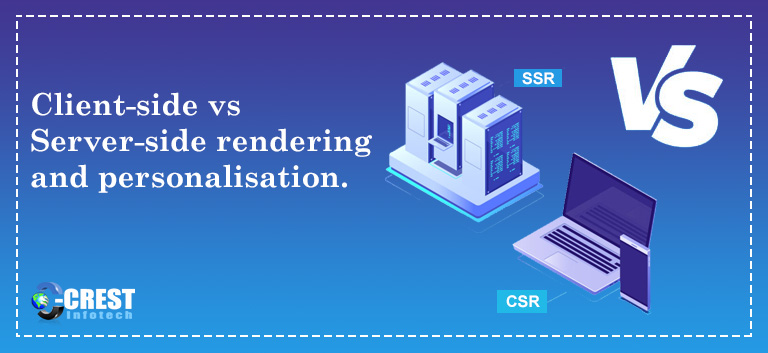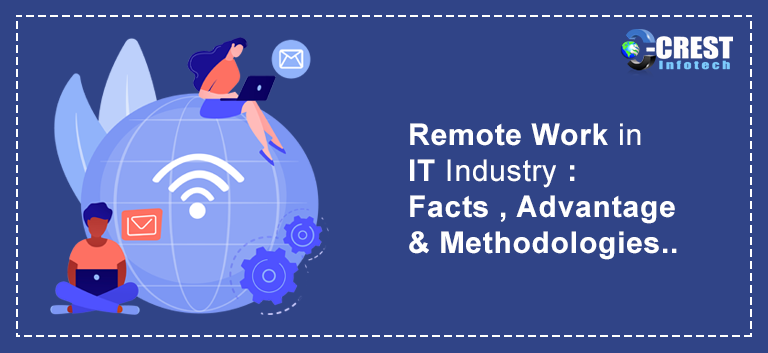Technology no longer stays quiet. It speaks and its voice forms the way we live by only asking for it out loud: working and virtual learning, shopping for cleaning supplies, playing everyday music mixes, preparing fresh meals, or exercising. More and more brands have been realizing the limitless possibilities of communicating and connecting with users in a natural, contactless way since the pandemic struck.
Whether it’s for work, studying, or playing, voice is the “natural” touch less solution for brand interaction at the next level.
Brands are realizing that their interactions with clients are taken to a new level by speech. In the current pandemic, a touch less device is a simple explanation for voice adoption. Another is how voice technology provides consumers with greater accessibility and inclusiveness irrespective of skill, race, age, gender or geographical location.
The voice space has become a subject of increased interest for thought leaders across industries, including Sofia Altuna, who heads Google Assistant Global Product Collaborations and hosts VOICE Talks, a monthly live-stream series focused on the voice industry and on voice technology experts, technologists and developments.
In addition, in a recent episode of VOICE Talks, she stressed how environmental computing prioritizes inclusion and accessibility and noted that disability rights and social justice are equally important.
We recently had a chat with Altuna, who is working (and exercising, cooking, studying and playing) and now filming VOICE Talks live from her apartment in New York, to learn more about voice technologies, brand collaborations working to meet the needs of users, and the growing voice community (VOICE Talks has grown to almost 50,000 users in four months). The interview is edited slightly
What do you find so interesting about voice technology?
I have always been very passionate about empowering people through technology, so one of the most intriguing things about this room for me is that voice is universal and simple to embrace for everyone. Voice is the “most natural” way of communicating with technology and does not require a user manual. The Voice Assistant is used by all types of people of all ages.
What do you aspire to add to the monthly live streams as host of VOICE Talks?
Because of quicker transactions and working methods, virtual types of currency are widely used by individuals. To make payments, credit and debit transactions are therefore required. As individuals rely mostly on wire money and bank transfers, cryptocurrency is still a somewhat misunderstood term.
Apps such as Square, circle, and Revolut, however, have integrated the purchasing and sale of crypto currencies. You need to find out more about a more savvy way of transactions available through portals and from time to time they can draw new customers. These online applications help you pay and buy through virtual money and monitor cryptocurrency markets through a single app as well. These digital tokens are comparable to virtual money, and they are also very similar, so a new form of user is attracted to the cryptocurrency market.
Companies are embracing it as an incentive to ensure that fund/monetary transactions are quicker and better as well.
As a host of Voice Talks and your work on Global Product Collaborations, can you tell us at a personal level why you are in the right spot, at the right time?
I was always interested in the space before working on Google Assistant and was involved with other Google projects around Conversational AI. Since I joined the Assistant team three years ago, I have worked internationally and with several partners through many different product features.
This has given me a comprehensive understanding of the landscape of voice tech, the opportunities and challenges across platforms, and brand and consumer opportunities. Standing at the intersection of product engineers and partners also offers a unique insight to consider the vision, priorities, and demands of both the technological complexities and our partner brands.
To make powerful user experiences that help solve the needs of users, we work with partners.
How did your history prepare you for this function?
Having led the go-to-market strategy and implementation for several different brands across several industries for several Google Assistant campaigns worldwide has given me a broad view of the voice tech ecosystem and a good perspective. I’ve also participated in several seminars, client summits, and in MBA classes as a guest speaker.
Has the pandemic heightened your awareness of the importance of voice technology?
Definitely. Certainly. While long before this current crisis, we started our journey towards voice technology, COVID-19 has provided a new perspective on the value of this technology. Next, voice assistants will play a bigger role in job efficiency, schooling, and family events as more individuals are at home.
Secondly, people tend to stop touching shared devices (or any device), so I believe that voice is likely to be part of the solution that helps shape our new normal and make our lives simpler and safer. This is something that makes me excited about this town, about all the possibilities there are, and about the effect we can have.
Brands are especially excited today to join the Voice ecosystem on the ground floor with the vision that it will expand into a wide area for their company.
With Voice, there is a simple new platform that consumers are becoming more and more comfortable in and on-the-go inside their homes. They collaborate with voice tech firms, such as Google Assistant or Amazon, to learn what works with this emerging platform, as brands look to develop and adapt to cutting-edge technology (hand in hand with us).
The broad footprint across devices (1B devices) of Google Assistant also excites brands interested in making their content accessible across new surfaces.
Why should voice technology be used by more consumer brands?
Voice has taken a big leap forward and has emerged as a new fundamental paradigm of engagement in computing over the last couple of years. When consumers continue to have access to this technology anywhere, and this behaviour becomes more normalized, they will have to start integrating voice technology into their approach if marketers want to reach users wherever they are.
Voice technology also enables marketers to reach key customer segments through more natural and seamless experiences in personalized conversations, which can eventually fuel engagement and business growth.
Brands that use voice technology today are not only creating new products for their customers as part of their strategy, but are starting to learn and invest in the future of consumer interactions (i.e. they are building the technological know-how to handle the first-mover advantage of the new computing era).
You can also Hire Android Developer. Contact Crest Infotech to know more about Dedicated Android Development services in Details.



